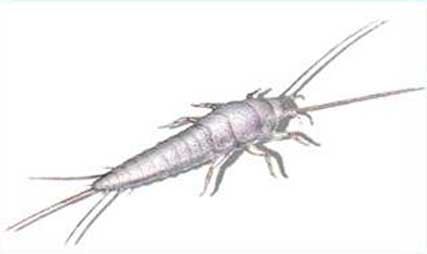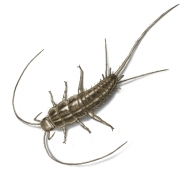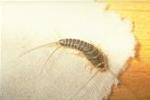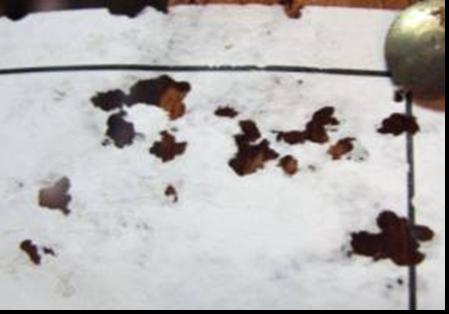

Silverfish Bugs
learn how to prevent, control and exterminate silverfish


learn how to prevent, control and exterminate silverfish
It is fairly easy to spot damage that has been done by a silverfish bug in your home. Because they typically eat sugars and starches, there are many items in the average home that will be enticing to a silverfish. Because of this fact, silverfish have been known to infest homes for quite a bit of time. This, coupled with their rapid rate of reproduction makes for an interesting situation when a homeowner discovers that he has a silverfish infestation.

When a silverfish eats something, they will leave a distinct bite and chewing mark that is very similar to the way that a caterpillar will chew threw the leaf of a plant. Keep in mind that silverfish typically live in damp areas of the home that have a good source of food. They are most commonly found in kitchen sinks, bathrooms, basements and in dark, damp cupboards that provide them with a source of food.
The first step in identifying silverfish damage and knowing what items they typically eat. Finding damage to a dresser or wall would not be sufficient evidence to determine that you have an infestation in your home. Typically, they will eat through various foods in your kitchen including sugars, flour, and any food that contains starch. They are also known for eating through books and their bindings. If you find a book or other item that you believe might have silverfish damage, look for distinct bite marks or chewing marks. Silverfish will often rip pieces of paper away from a page, slowly but surely as they whittle away at the paper. If you find something that you believe a silverfish has been eating, the chances are good that they are nearby, although you are unlikely to find them easily because they can easily slip into nearby cracks and crevices.

Silverfish also commonly eat glue and wallpaper paste. Finding damage to your wallpaper is a common trait of a silverfish infestation. They are also known to digest linens and cotton, which make the closets in your home and the clothes contained inside them wonderful targets for a silverfish infestation.
Keep in mind that silverfish are nocturnal, meaning that they are only active at night, so you might have to wait for the sun to go down before you start seeking them out and trying to find where the infestation is heaviest. A good idea might be to inspect the areas with damage during the day, so you have a good idea of where to look for them at night. Remember, just because you cannot see them doesn't mean that they aren't there, especially during the day. Also, finding a food source and killing the silverfish will only lessen their numbers, but often will not cure the infestation.
It is important that if you are able to recognize silverfish damage early in the going that you take the necessary precautions to ensure that the infestation does not spread. Silverfish are able to rapidly multiply, and allowing the infestation to worsen will only make it harder to deal with when you reach that step. Most extermination companies specialize in removing silverfish in regions where silverfish infestations are common. There are also a number of kits and steps that you can take to cure the infestation on your own.
Stink bugs are getting into your house? Stop this stink bug infestation before it gets out of control.